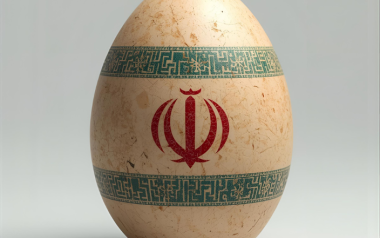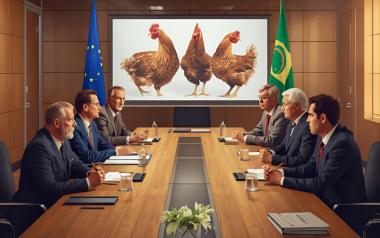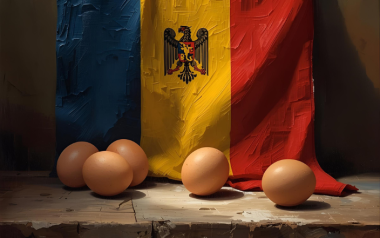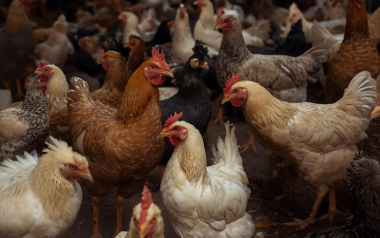Sources: Available upon request.
24 Oct 2024
Russian poultry industry faces turbulence
The Russian poultry industry, once a beacon of growth within the agricultural sector, now finds itself in turbulent waters. The combination of geopolitical tensions, economic sanctions, and internal challenges has created a perfect storm, significantly impacting production and profitability.
The Russian poultry industry, once a beacon of growth within the agricultural sector, now finds itself in turbulent waters. The combination of geopolitical tensions, economic sanctions, and internal challenges has created a perfect storm, significantly impacting production and profitability.
Geopolitical tensions and sanctions
The onset of the Russian-Ukrainian conflict in 2022 marked a turning point for the industry. Prior to this, the poultry sector enjoyed annual growth rates of 10-11%. However, the imposition of international sanctions has severely disrupted supply chains. Essential imports such as high-quality feed, hatching eggs, and industry-specific equipment have become scarce. This shortage has forced producers to seek alternative sources, often at higher costs, thereby squeezing profit margins.
Rising production costs
One of the most pressing issues is the sharp rise in production costs. The price of feed additives, for instance, has surged by 260% year-on-year. Wheat and soybean meal, critical components of poultry feed, have also seen significant price hikes. These increases are partly due to global market fluctuations and partly due to the logistical challenges posed by sanctions. The cost of broiler meat production has risen to 120 Roubles (approximately $1.8) per kilogram, while market prices have struggled to keep pace, hovering around 130 Roubles per kilogram.
Labor shortages
Compounding these issues is a severe labor shortage. The mobilization of a significant portion of the workforce for military purposes has left many poultry farms understaffed. This shortage is particularly acute in major poultry-producing regions such as Tatarstan, Bashkortostan, and Krasnodar. The lack of skilled labor further hampers production efficiency and increases operational costs.
Market adjustments and government interventions
In response to these challenges, the Russian government has implemented several measures. Price caps on basic foodstuffs, including poultry, have been introduced to curb inflation and ensure affordability for consumers. Additionally, there are plans to impose import taxes on hatching eggs, which could further strain the industry. Despite these efforts, the Federal Antimonopoly Service has launched investigations into price hikes, suspecting potential market manipulation by dominant producers.
Future outlook
The future of the Russian poultry industry remains uncertain. While some producers are exploring new markets and alternative supply chains, the overall outlook is bleak. The industry’s ability to adapt to these unprecedented challenges will determine its survival and potential recovery. As it stands, the Russian poultry sector is navigating through one of the most challenging periods in its history, with no immediate relief in sight.
In conclusion, the Russian poultry industry is indeed in the eye of the storm. The interplay of geopolitical, economic, and internal factors has created a complex and challenging environment. The industry’s resilience and adaptability will be crucial in weathering this storm and emerging stronger in the future.







































